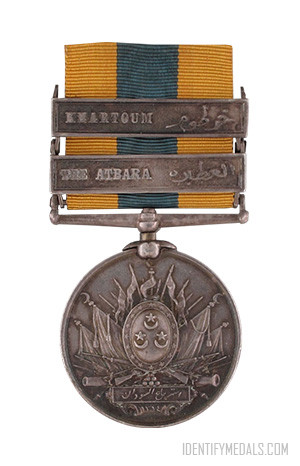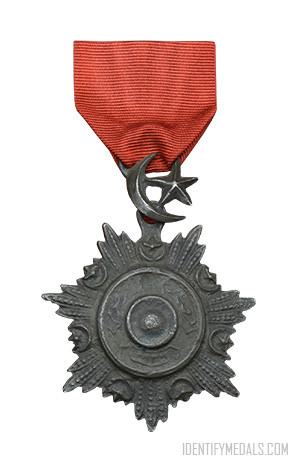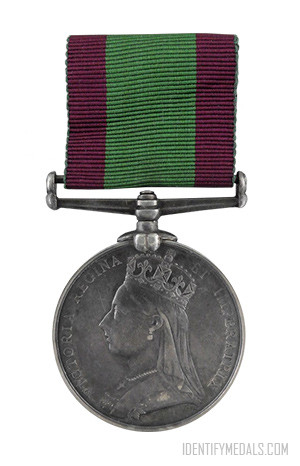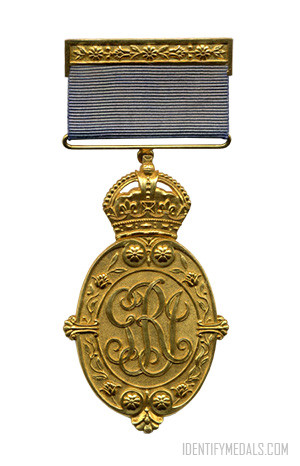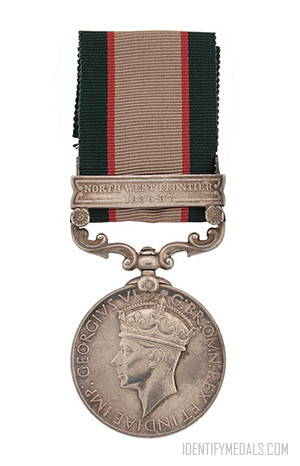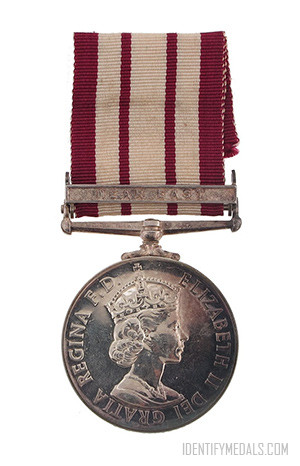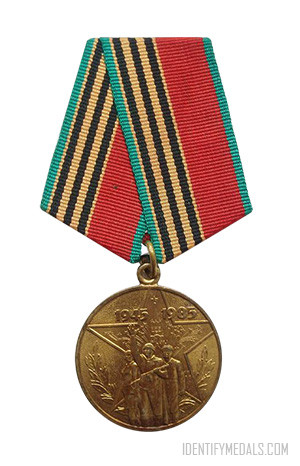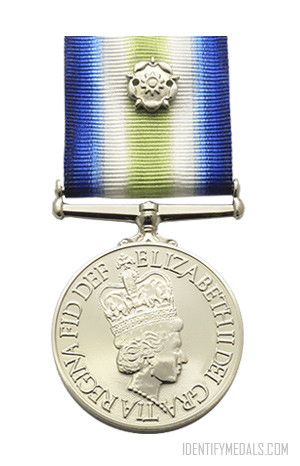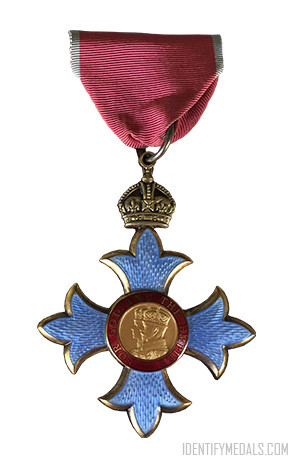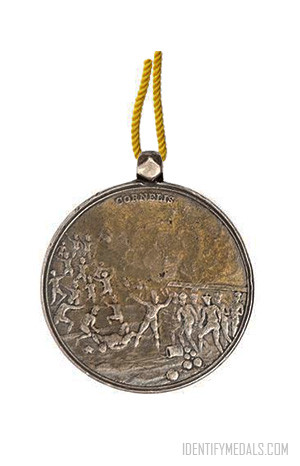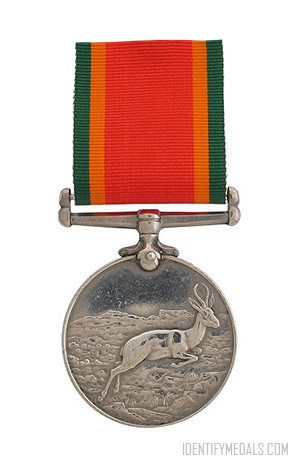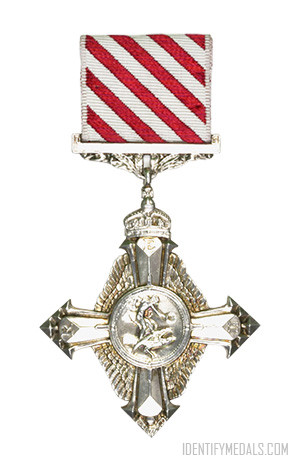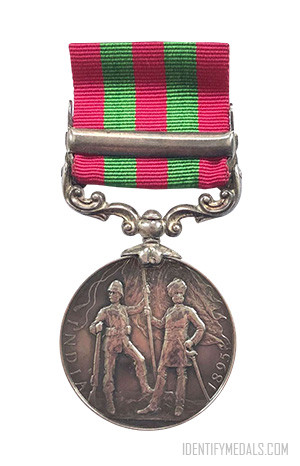- Time Period: Pre-WW1
- Year of Institution: 1897
- Country: Great Britain
The Khedive’s Sudan Medal is a campaign medal established 12 February 1897 by Khedive Abbas Hilmi Pasha and awarded to Egyptian and British forces for service during the reconquest of Sudan and the final part of the Mahdist War.
The medal was initially created to commemorate the reconquest of the Dongola province in 1896, but subsequently authorized for later campaigns and actions until 1908.
All those who received the Khedive’s Sudan Medal for service on the Nile during 1896-98 also received the Queen’s Sudan Medal.
The medal was awarded with fifteen different clasps, although it’s seldom seen with more than two:
- Firket (7 June 1896)
- Hafir (19-26 September 1896)
- Abu Hamed (7 July 1897)
- Sudan 1897
- The Atbara (8 April 1898)
- Khartoum (2 September 1898) (For the Battle of Omdurman)
- Gedaref (7 September to 26 December 1898)
- Gedid (22 November 1899)
- Sudan 1899
- Bahar-ed-Ghazal 1900-02
- Jerok (January to March 1902
- Nyam-Nyam (January to May 1905)
- Talodi (2-15 June 1905)
- Katfia (April 1908)
- Nyima (1-21 November 1908)
The Khedive’s Sudan Medal 1896-1908 Design
The medal is circular and measures 39 millimeters in diameter. It was awarded in silver to soldiers of the Egyptian and British armies, and in bronze to a small number of non-combatants, mainly grooms from the Indian Army and officers’ servants.
The obverse of the medal shows the Arabic cipher of the Khedive, and the Hijri year 1314. The reverse features an oval shield superimposed over a trophy of flags and arms.
The ribbon is 38 mm wide, yellow with a broad center stripe of blue, representing the Nile flowing through the desert.
The medal hangs from a straight bar suspension. For British troops, the recipient’s name and details were engraved on the medal’s edge.

